Arthur Conan Doyle was born 165 years ago 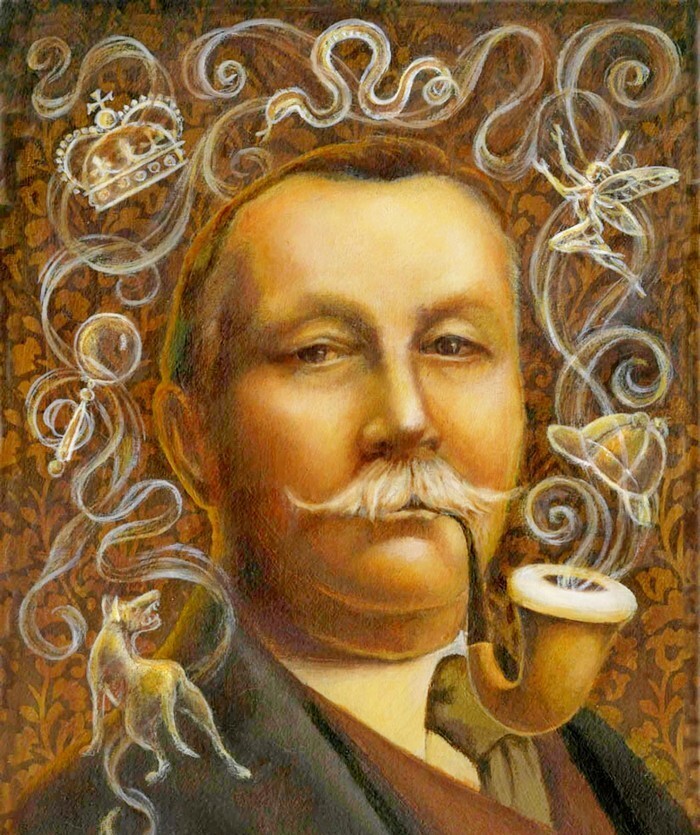
Probably the most famous writer of the detective genre, Sir Arthur Ignaceus Conan Doyle, was born in the capital of Scotland, Edinburgh, on May 22, 1859, into a family of Irish Catholics, famous people of art. He was given the name Conan in honor of his mother's uncle, artist and writer Michael Edward Conan. His grandfather was John Doyle, an Irish artist who worked in the style of miniatures and political cartoons. His father, the architect and illustrator Charles Altemont Doyle (1832-1893), at the age of 23, married 17-year-old Mary Josephine Elizabeth Foley (1837-1920) on July 31, 1855. Arthur's mother passionately loved books and had a great talent as a storyteller. From her, her son inherited an interest in knightly traditions, exploits and adventures.
“My true love for literature, my penchant for writing, I believe, comes from my mother. Vivid images of the stories that she told me in early childhood completely replaced in my memory memories of specific events in my life in those years” (from the autobiography of A. Conan Doyle). 
Arthur Conan Doyle, 4 years old
However, the family experienced financial difficulties - solely due to the behavior of the father, who not only suffered from alcoholism, but also had an extremely unbalanced psyche.
Doyle's school life was spent at Godder Preparatory School. When he was 9 years old, wealthy relatives offered to pay for further education, and Arthur spent the next 7 years at the Jesuit closed college Stonyhurst College (Lancashire, England), from where he developed a hatred of religious and class prejudice, as well as physical punishment. His few happy moments were associated with letters to his mother: he retained the habit of describing current events to her for the rest of his life. More than 1,500 of these letters from Doyle survive. 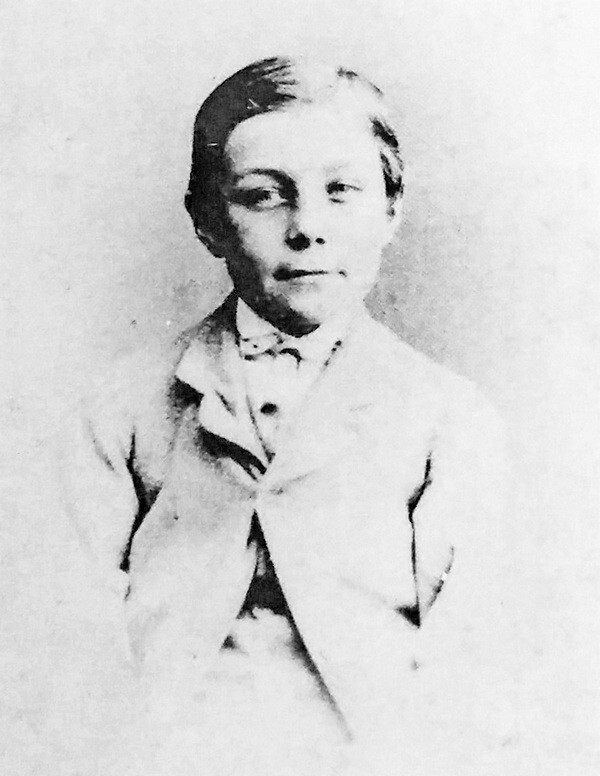
But in college, he enjoyed playing sports, mainly cricket (he was the captain of the Stonyhurst team for 6 years), and also discovered in himself, like his mother, a talent for storytelling, gathering around him peers who spent hours listening to his invented stories on the go. 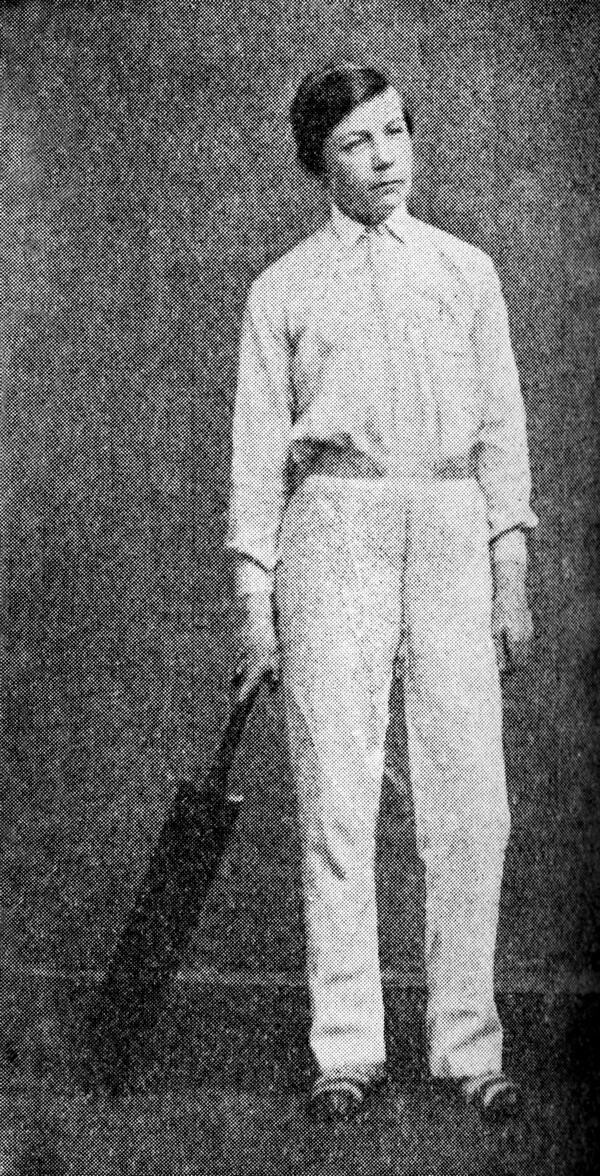
Conan Doyle, 14 years old 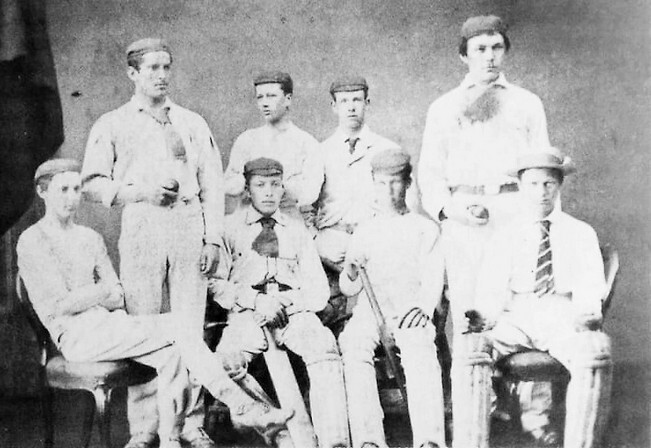
Cricket team. Conan Doyle stands on the far right
In 1876, Arthur returned home, where the first thing he had to do was rewrite his father’s papers in his name, who by that time had almost completely lost his mind. The writer subsequently spoke about the dramatic circumstances of Doyle Sr.’s imprisonment in a psychiatric hospital in the story “The Surgeon of Gaster Fell” (1880).
Doyle chose a medical career over art, largely under the influence of the young doctor Brian C. Waller, to whom his mother rented a room in their house. Arthur became a trainee and entered the Faculty of Medicine at the University of Edinburgh. Among the future writers he met during his studies were James Barry and Robert Louis Stevenson. 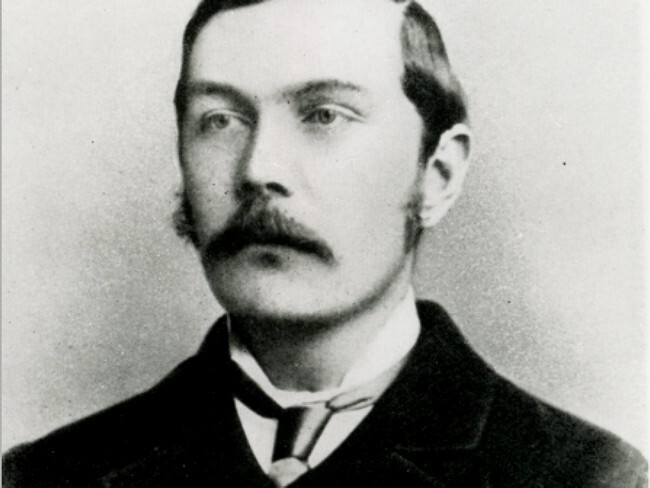
In his 3rd year at university, Arthur's friend invited him to accept the position of surgeon on the whaler Hope under the command of Captain John Gray. And Doyle spent the period from February to September 1880 in the Arctic waters of the Arctic Circle, receiving a total of £50 for his work. Impressions from this journey later formed the basis of the story “Captain of the Pole-Star” (1883), presented in the form of a diary of a doctor from a ship frozen in ice.
“I boarded this ship as a big, clumsy youth, and came down the ramp as a strong, grown man” (from the autobiography of A. Conan Doyle).
Returning to university, Doyle graduated with a Bachelor of Medicine and a Master of Surgery degree in 1881 and began looking for work. 
Conan Doyle is a graduate of the University of Edinburgh
The result of these searches was the position of ship's doctor on the Mayuba steamship, sailing between Liverpool and the west coast of Africa. So on October 22, 1881, his next voyage began.
Arthur left the ship in mid-January 1882 and moved to Plymouth (Devon, England), where he worked with a certain Cullingworth, whom he met during his final courses in Edinburgh. These years of medical practice were then described in the book “The Stark Munro Letters” (1895), which, in addition to describing events, contains a large number of the author’s thoughts on religious issues and his forecasts for the future.
Over time, disagreements arose between former classmates, as a result of which Doyle left for Portsmouth (Hampshire, England) in July 1882, where he opened his first private practice. Initially, there were almost no clients, and therefore Doyle had the opportunity to devote his free time to literature. 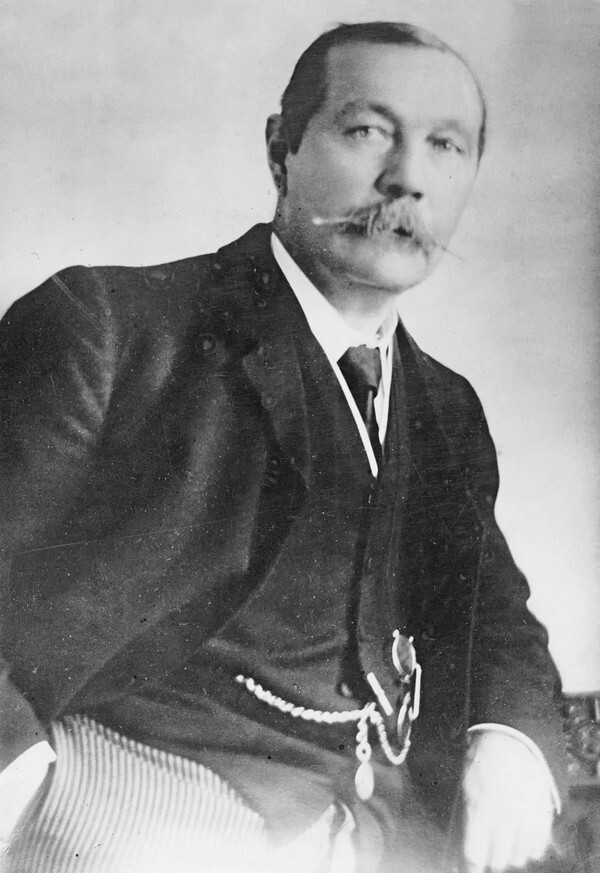
Doyle decided to try his hand at the literary field while still a 3rd year student. His short story, The Mystery of Sasassa Valley (1879), influenced by his favorite authors at the time, Edgar Allan Poe and Bret Harte, was published by the university weekly Chamber's Edinburgh Journal. In the same year, his next story, “The American Tale,” appeared in the illustrated monthly magazine “London Society” published by W. Clowes & Sons/ William Clowes & Sons.
And Doyle decided to make literature his main profession. So in January 1884, the London literary magazine Cornhill published his story “The Message of Hebekuk Jephson”/ J. Habakuk Jephson’s Statement, about the brigantine “Holy Virgin” found at sea without a single person on board in 1873. 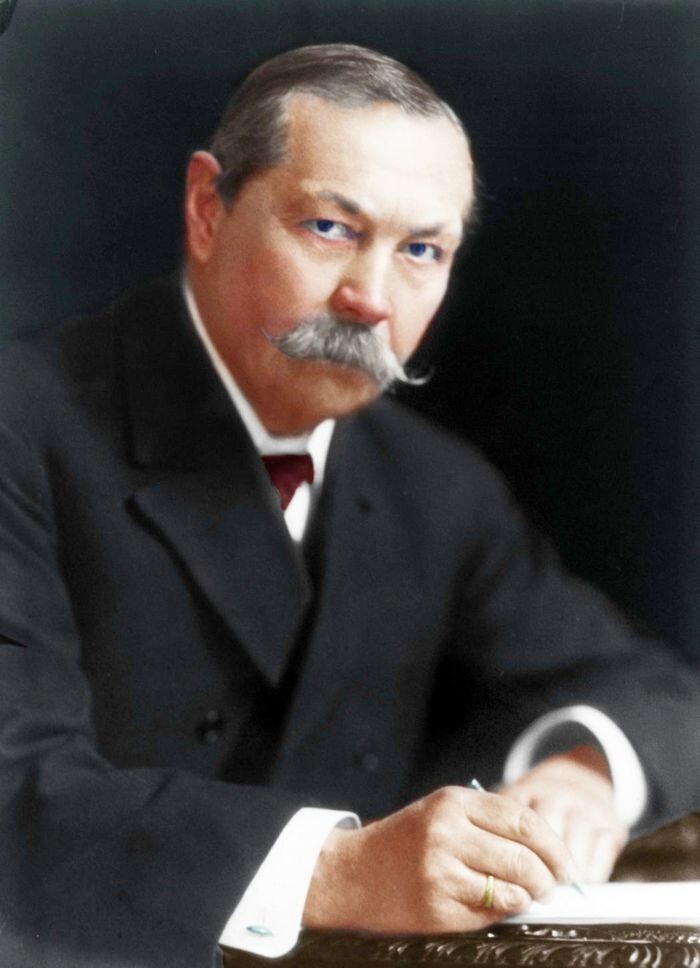
Also, while working in Portsmouth, Conan Doyle came up with the idea of creating a football team around himself (he converted from a cricketer to a football player during a 7-month trip to the Arctic). On its basis, in the future, Portsmouth FC will emerge, the future 2-time Champion of England and the National Cup. 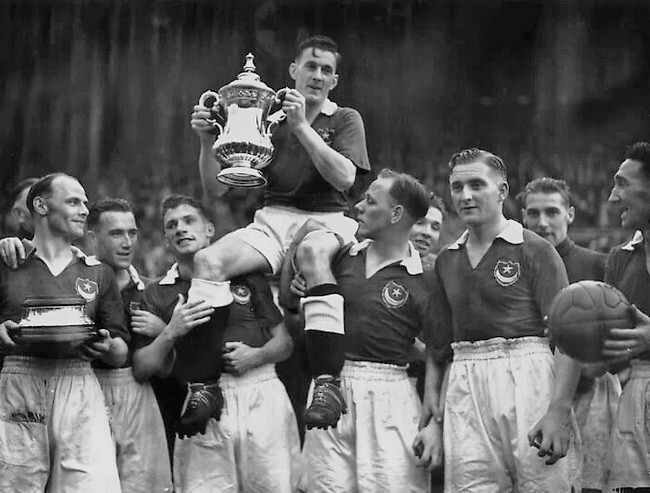
Portsmouth F.C.
Because of his large physique, Arthur was put in charge (according to one legend, in some match he even saved 3 shots from the 11-meter mark). However, researchers did not find Doyle's name in any of the applications for matches of those years. In this regard, it is believed that the writer played for the team under the pseudonym A.C. Smith, since football in those days was not valued in high society. Participation in this kind of entertainment could scare wealthy clients away from the aspiring doctor. But at the same time, it is also believed that it was thanks to football that Arthur expanded his social connections, which increased the demand for his services as a doctor, because in England at that time private medical workers did not have the right to use advertisements in newspapers. 
Closer to Portsmouth becoming professional, Arthur left the team and returned to cricket, not as a player, but as a coach and administrator. 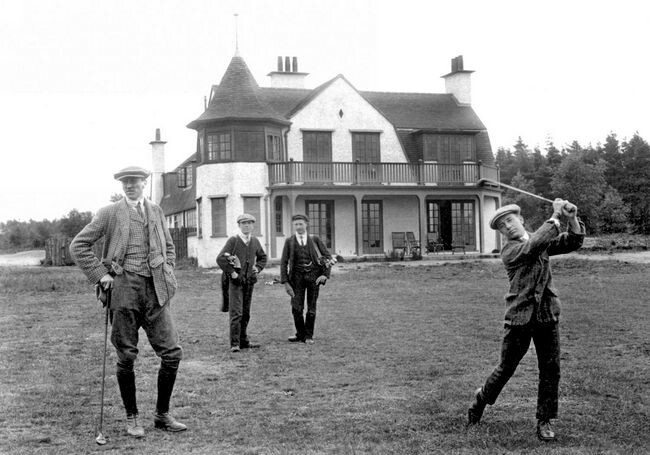
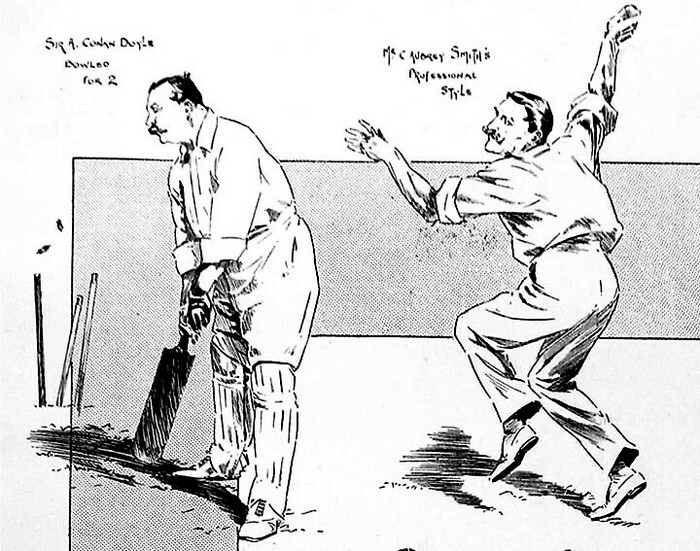
Illustration showing Sir Arthur Conan Doyle in a cricket match between actors and writers
During those same days, Arthur met his future wife, Louise "Thuya" Hawkins. Their wedding took place on August 6, 1885. Their marriage gave birth to a daughter, Mary Louise, in 1889, and a son, Alleyne Kingsley, in 1892. 
Arthur Conan Doyle and his wife Louisa on a bicycle (1892) 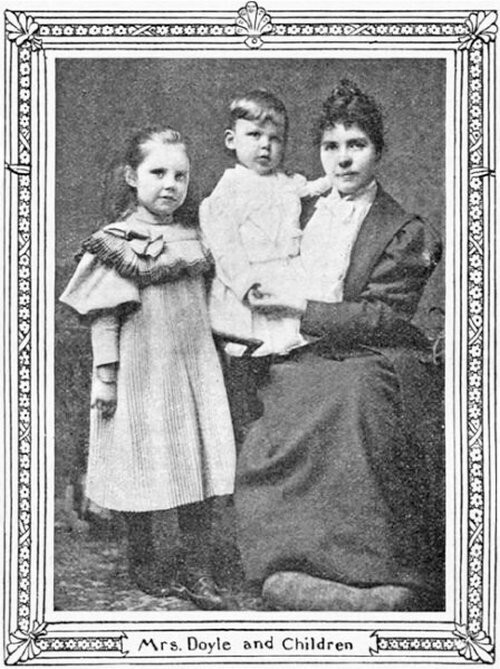
In 1884, Conan Doyle began work on a social novel with a crime-detective plot, The Firm of Girdlestone: a Romance of the Unromantic, about cynical and cruel money-grubbing merchants. This novel, written under the obvious influence of Charles Dickens, was published in 1890.
In March 1886, Arthur began work on the story A Study in Scarlet, originally titled A Tangled Skein, which became the debut work of his main and most famous series about famous detective. In it, readers first learned about the acquaintance and first joint case of the still young but promising private detective Sherlock Holmes and his companion Dr. Watson. True, the main characters in the draft version of the story were named Sheridan Hope and Ormond Sacker. Publishing house "Ward, Lock & C"
o
" bought the rights to "The Study" for £25 and published it in Beeton's Christmas Annual for 1887, offering to illustrate the story to the writer's father, Charles Doyle. 
The story of Sherlock Holmes began with this work, which brought the author incredible popularity. The prototype of the detective was the surgeon Joseph Bell from the Royal Infirmary of Edinburgh (RIE), whom Arthur met back in 1877, becoming his assistant.
He was interested in literally everything in the world and, like no one else, knew how to apply logical analysis, determining, for example, a patient’s profession by his gait, and his place of birth by his accent. Bell had the ability to quickly draw conclusions and make diagnoses based only on external examination. He often said: “You see everything, but you don’t give yourself the trouble to think about what you see!” However, Bell himself denied the resemblance to Holmes when this was pointed out to him, and said that he was far from such uniqueness. 
In total, Sherlock Holmes appears in 5 collections of stories (56 in total), the most famous of which are The Adventures of Sherlock Holmes (1892), The Memoirs of Sherlock Holmes (1894) and The Return of Sherlock Holmes (1905) and 4 novels - A Study in Scarlet (1887), The Sign of the Four (1890), The Hound of the Baskervilles of the Baskervilles (1901), “The Valley of Fear” (1915). In most cases, the story is told on behalf of Holmes' friend, Dr. John Watson.
In describing the appearance of the legendary detective, the reader has to rely entirely on Watson's words. In any case, when talking about Holmes' appearance, three things are always mentioned with which the detective is associated - a pipe, a hat and a magnifying glass. The curved pipe was given to the hero by illustrators, because in the texts he was a fan of not only strong pipe tobacco, but also cigars. 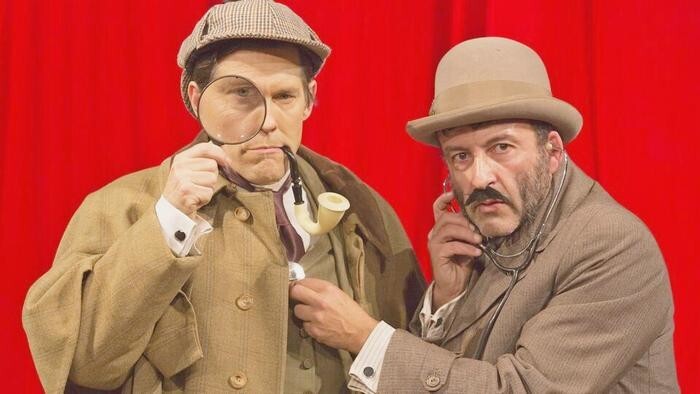
In his works about Holmes, Doyle described many forensic methods that were still little known to the police at that time. But after the publication of essays about the famous detective, criminologists around the world began to use the deductive method. At the beginning of the 20th century, the Egyptian criminal police even introduced the writer’s works into the mandatory exam program for investigators.
As for the character’s cinematic appearance, the opinions of Sherlock fans differ: some believe that the most canonical image was the one embodied by the Soviet actor Vasily Livanov; others claim that the real Holmes is the English actor Jeremy Brett, who played him in 41 episodes of the television series about the adventures of Holmes and Watson in 1984–94; but there is also an opinion that these reincarnations remained in the last century and now the “chief” is only Benedict Cumberbatch. 
But 5 Soviet films about Holmes, in which the main roles were played by Livanov and Vitaly Solomin, were recognized by the British themselves as one of the best productions. The Holmes Museum on Baker Street even plays the music Vladimir Dashkevich wrote for these films. And in 2006, for embodying the image of a detective, Vasily Livanov was even awarded the Order of the British Empire. And in 2007, New Zealand released a series of commemorative coins with images taken specifically from our film.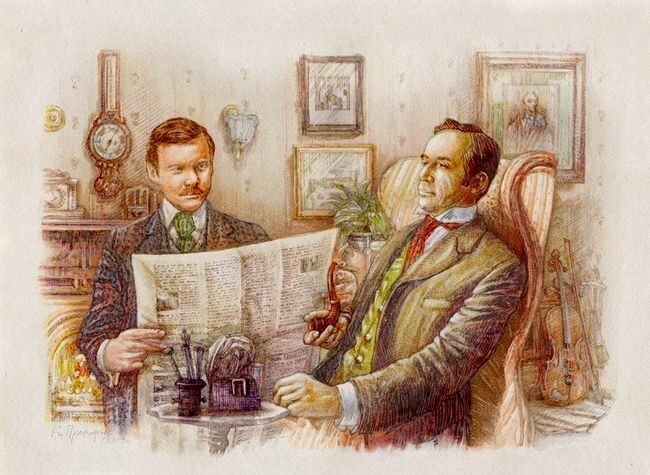
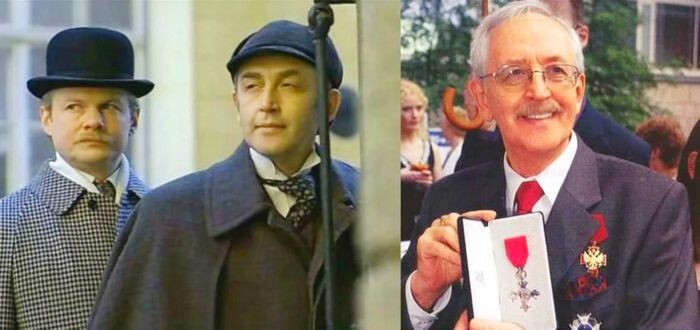

Commemorative coins dedicated to Sherlock Holmes
By the way, in the stories the detective never put on a hunting hat with 2 visors (which was worn by Lebanese Holmes in the Soviet version). This hat was awarded to him by artist Sidney Paget, who provided drawings for Strand Magazine. 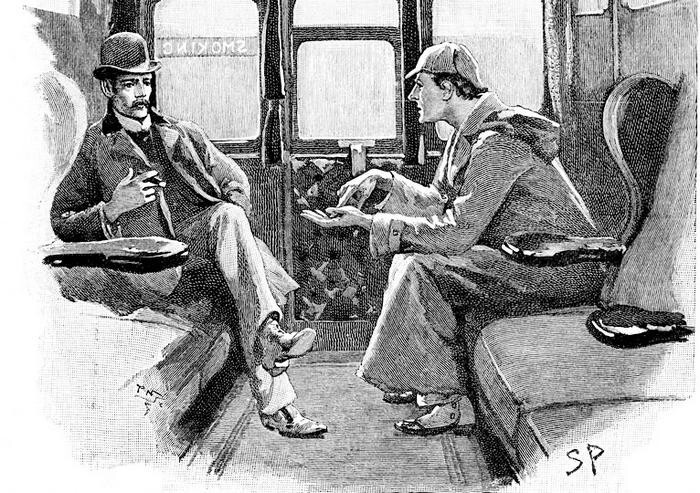
Professor Moriarty, Holmes's main enemy, got his last name in honor of the writer's classmates - the Moriarty brothers, who bullied Doyle at school.
According to a 2011 survey by the sociological association “Ask Jeeves,” on average, every 5th Briton believes that Sherlock Holmes existed in reality.
Holmes's home address: London, Baker Street, house 221b/ 221B Baker Street, London. However, in the time of Conan Doyle, a house with such an address did not exist on the street; it ended at number 100. House 221b was built later, and now the Sherlock Holmes Museum is located there. 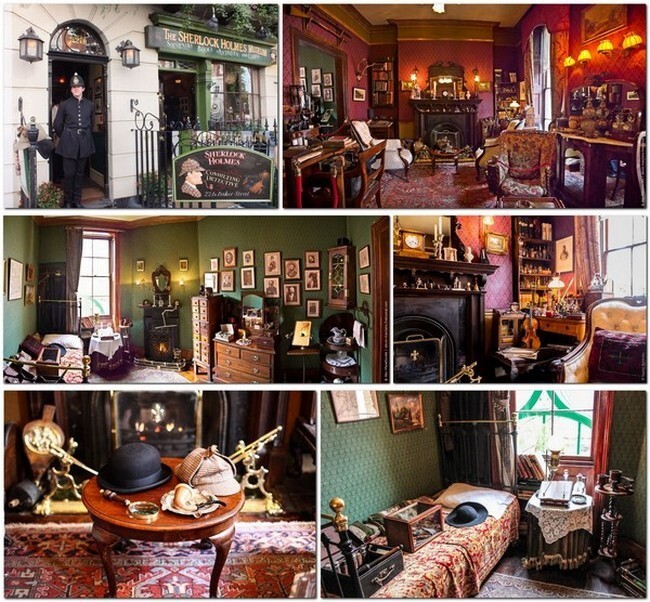
In 2002, Holmes even became an honorary member of the Royal Society of Chemistry (RSC). No other fictional character has ever been given such an honor.
The following people wrote their stories about Sherlock Holmes at different times: Conan Doyle’s son Adrian, Mark Twain (more details here: Mississippi Yankee), Isaac Asimov (more details here: “Academician”), Stephen King and even US President Franklin Roosevelt.
But Doyle, tired of his hero, killed him in a fight with Professor Moriarty in The Final Problem (1883) to free up time for writing his favorite historical novels. But, after 8 years of hysteria from readers around the world and, according to rumors, even a letter from Queen Victoria, the writer had to bring back the detective in The Hound of the Baskervilles. 
But indeed, the author himself considered the series about Sherlock Holmes to be frivolous, entertaining reading, unworthy of the work of a real writer.
So in 1889, perhaps the writer’s most unusual major work of fiction was published - the novel “The Mystery of Cloomber”: the story of the “afterlife” of 3 vengeful Buddhist monks - the first literary evidence of the author’s interest in paranormal phenomena, which he later made his staunch follower of spiritualism.
And at the beginning of 1891, while undergoing an internship in ophthalmology at the University of Vienna (Vienna, Austria), Doyle received an order from the editors of the magazine “Answers” to write a science fiction story. The resulting The Doings of Raffles How earned him a modest fee of £150, and was later described by the author as “not the most significant thing” he had ever written. The story of the fall from grace of the adventurer-alchemist received conflicting reviews from critics, but was definitely included in the classics of adventure literature for young people. 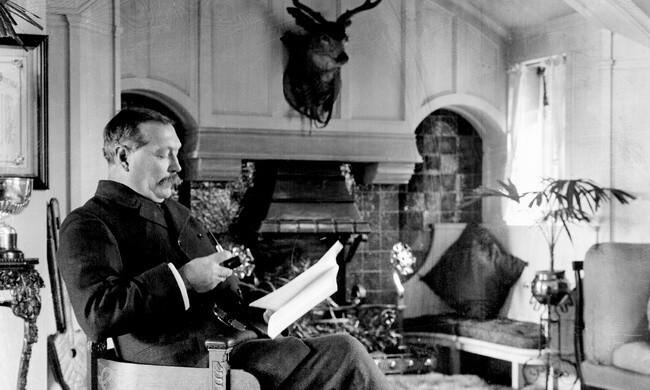
Arthur’s first historical work was the novel “The Adventures of Micah Clarke,” completed in early 1888, his statement as made to his three grandchildren, which tells about the Monmouth uprising against the English king James II during the Restoration. Its creation was preceded by the writer's long work with historical sources. The manuscript was received with skepticism by publishers, but after its publication in February 1889, the novel turned out to be a bestseller and was favorably received by both the public and critics.
And it was from this moment that a conflict arose in the writer’s creative life: on the one hand, readers and publishers demanded new works about Holmes; on the other hand, the writer himself was more eager to gain recognition as the author of serious, primarily historical novels, plays and poems. 
The success of Micah Clark encouraged Doyle to subsequently create historical adventure works. Thus, in 1891, the novel “The White Company” was published, in which the author turned to a critical stage in the history of feudal England, taking as a basis a real episode of 1366, when there was a lull in the Hundred Years’ War, and “whites” began to emerge. detachments" of volunteers and mercenaries who played a decisive role in the struggle of contenders for the Spanish throne. Arthur used this episode for his own purpose - to resurrect the life and customs of that time, and most importantly, to present chivalry, which by that time was in decline, in a heroic aura. The novel was published in Cornhill magazine (publisher James Penn declared it “the best historical novel since Ivanhoe”), and in 1891 it was published as a separate book. The writer always said that he considered it one of his best works.
In 1892, Doyle's next historical adventure novel, The Refugees, was published. The plot is based on the fate of the French Huguenots, who emigrated after the repeal of the Edict of Nantes (1687) to Canada, and the events of the colonial War of King William (1689-1697) that soon began there. As well as the historical play “Waterloo”, in which the main role was played by the then famous actor Henry Irving (who later acquired all rights from the author). 
With some assumptions, the novel “Rodney Stone” is also classified as historical. A Reminiscence of the Ring (1896), set in the early 19th century. It mentions Napoleon, Nelson, and the Irish playwright Richard Sheridan. The work was originally conceived as a play with the working title “The House of Temperley” and was also written under Henry Irving.
Conan Doyle dedicated “The Exploits” and “Adventures” of Brigadier Gerard to the Napoleonic Wars, from Trafalgar to Waterloo. The first story of the new series, “Brigadier Gerard’s Medal”/ How Brigadier Gerard Won his Medal, the writer first read from the stage in 1894 during a trip to the United States. In December of the same year, the story was published by the monthly illustrated fiction magazine Strand Magazine, after which the author continued working on a sequel. Despite the fact that the plots of the stories about Gerard are fantastic, the historical era is depicted in them with great accuracy.
By the way, at the time of writing The Hound of the Baskervilles (1902), Conan Doyle was the most paid author in world literature (largely thanks to the stories about Holmes). 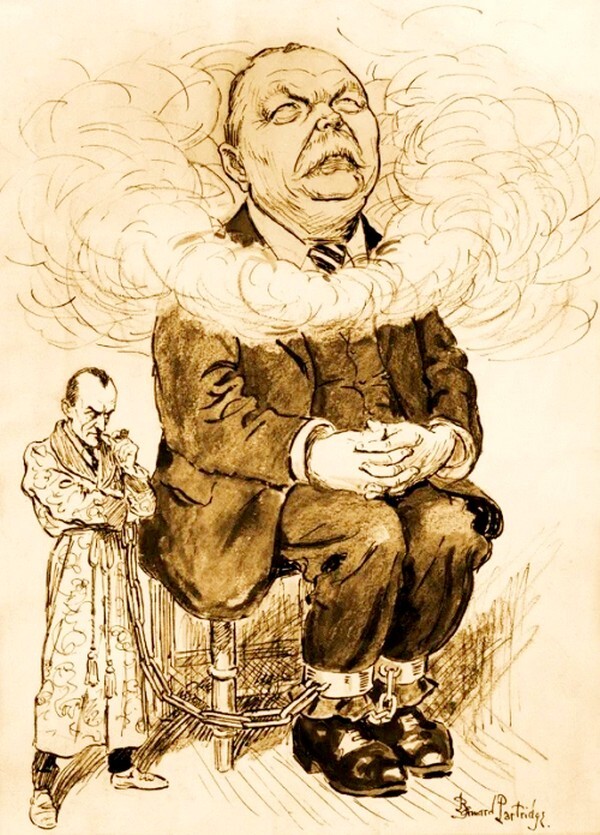
A caricature of Doyle - a “hostage” to the popularity of Sherlock Holmes.
Add your comment
You might be interested in:






























